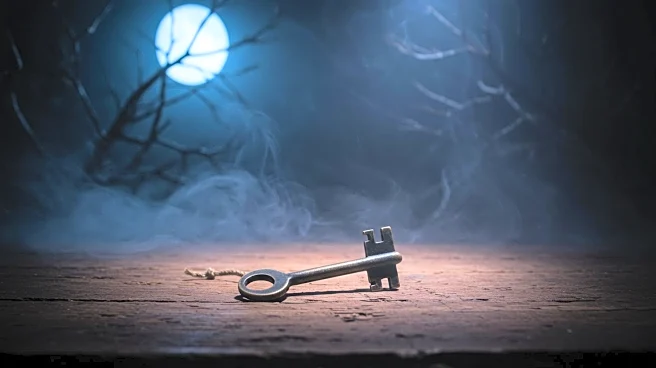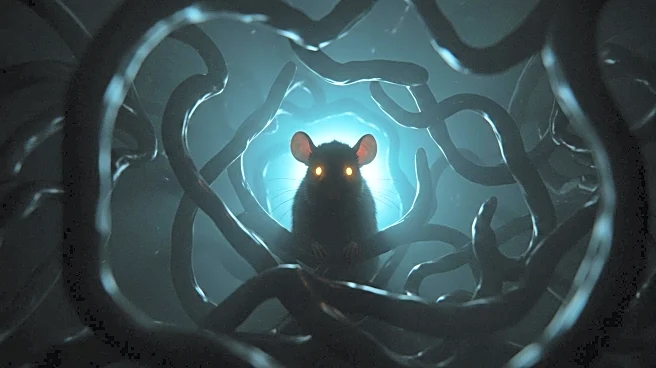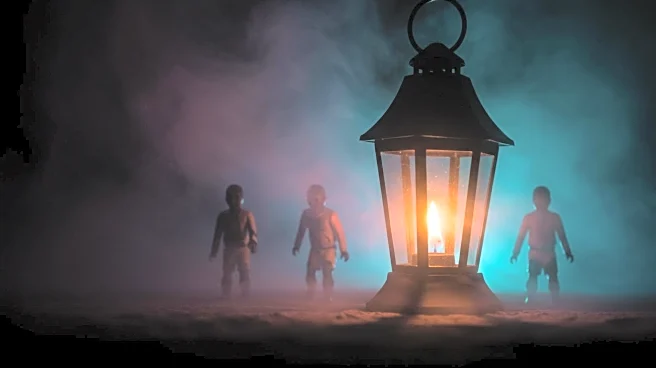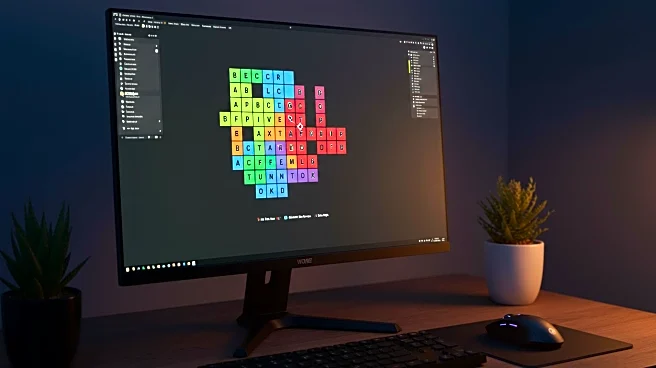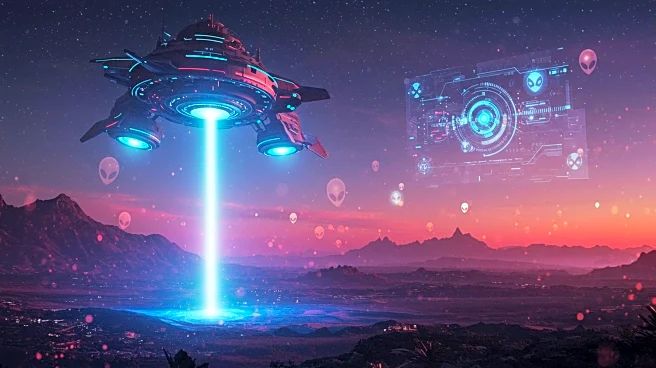Rapid Read • 8 min read
PC Gamer has reviewed 'The Children of Clay,' a free horror game available on Steam. The game, developed by Balazs Ronai, features a claymation style and centers around a mysterious prehistoric idol discovered in the Ural Mountains. Players assume the role of an unnamed protagonist who examines the idol in a dark office setting, using tools and an anthropology textbook to uncover its secrets. The game is noted for its haunting ambient score and stop-motion animation, which contribute to its eerie atmosphere. Despite its short duration of 15 minutes, the game has been praised for its unique premise and ability to evoke fear, drawing comparisons to other horror titles like 'Amnesia: The Bunker.'
AD
The release of 'The Children of Clay' highlights the growing trend of indie developers creating innovative and impactful horror experiences. By utilizing claymation and stop-motion techniques, the game offers a fresh take on the horror genre, appealing to fans seeking novel and immersive experiences. The game's success demonstrates the potential for short, free-to-play titles to captivate audiences and generate interest in indie game development. This could encourage more developers to explore unconventional storytelling methods and artistic styles, potentially influencing the broader gaming industry.
As 'The Children of Clay' gains attention, it may inspire other developers to experiment with similar artistic approaches and narrative structures. The game's reception could lead to increased interest in claymation and stop-motion animation within the gaming community, prompting further exploration of these techniques. Additionally, the success of free-to-play horror games may encourage developers to release more short-form content, providing players with diverse and accessible gaming experiences.
The game's use of a prehistoric idol as a central element raises questions about the representation of ancient artifacts in media. It prompts discussions on the ethical considerations of depicting cultural and historical objects in entertainment, especially when they are used to evoke fear. This could lead to broader conversations about the portrayal of history and anthropology in gaming, and the responsibilities of developers in handling such themes.
AD
More Stories You Might Enjoy
